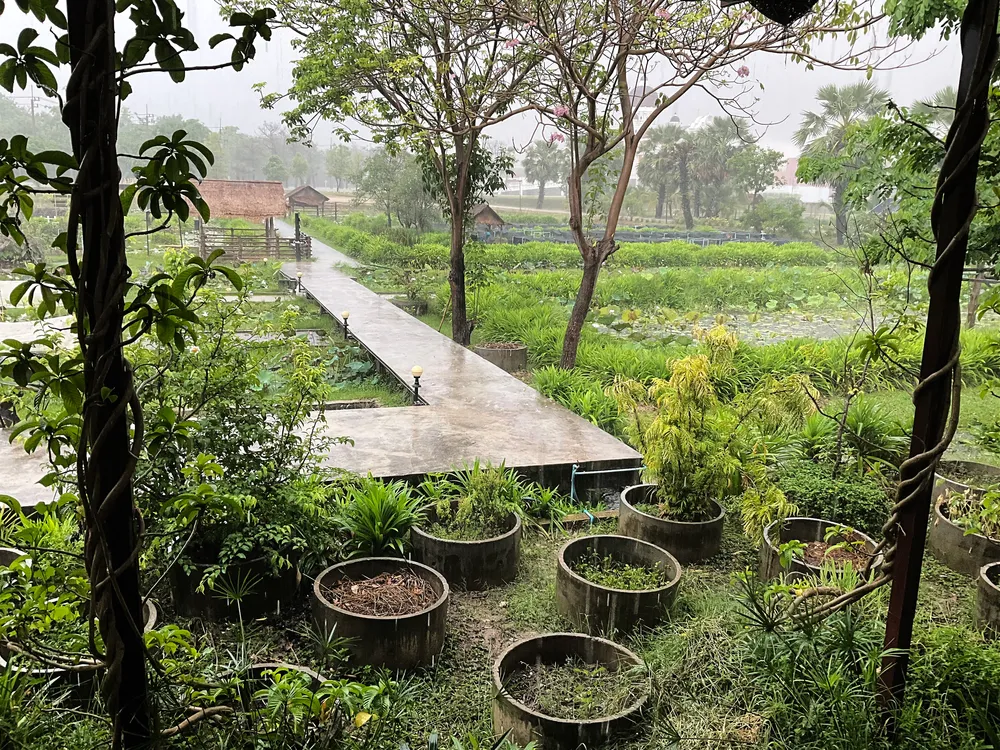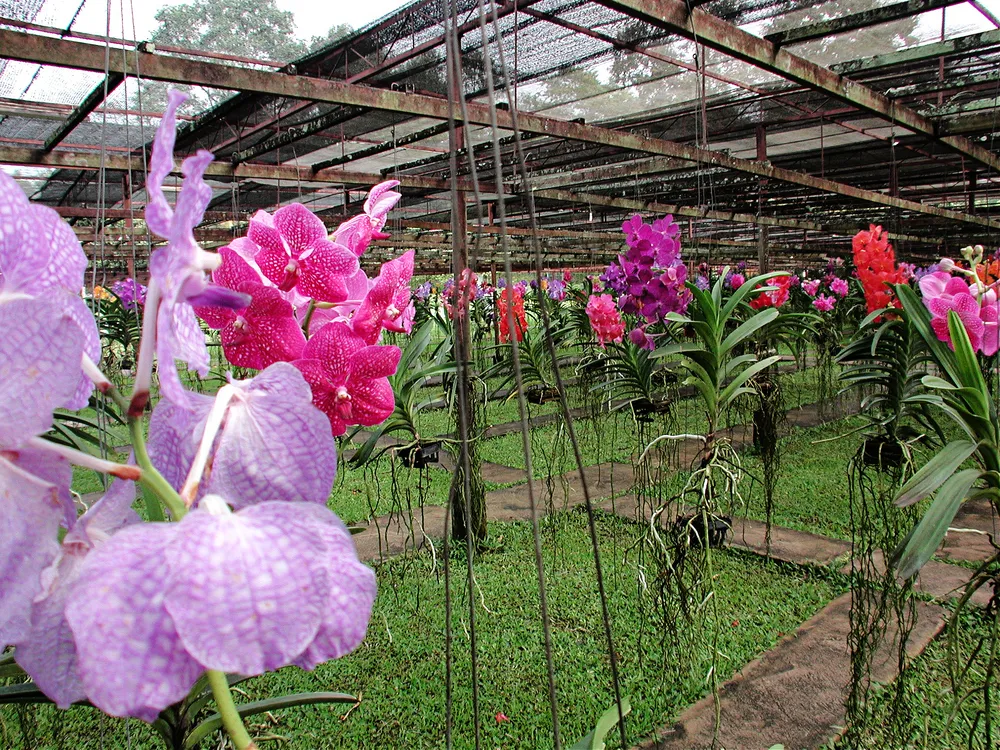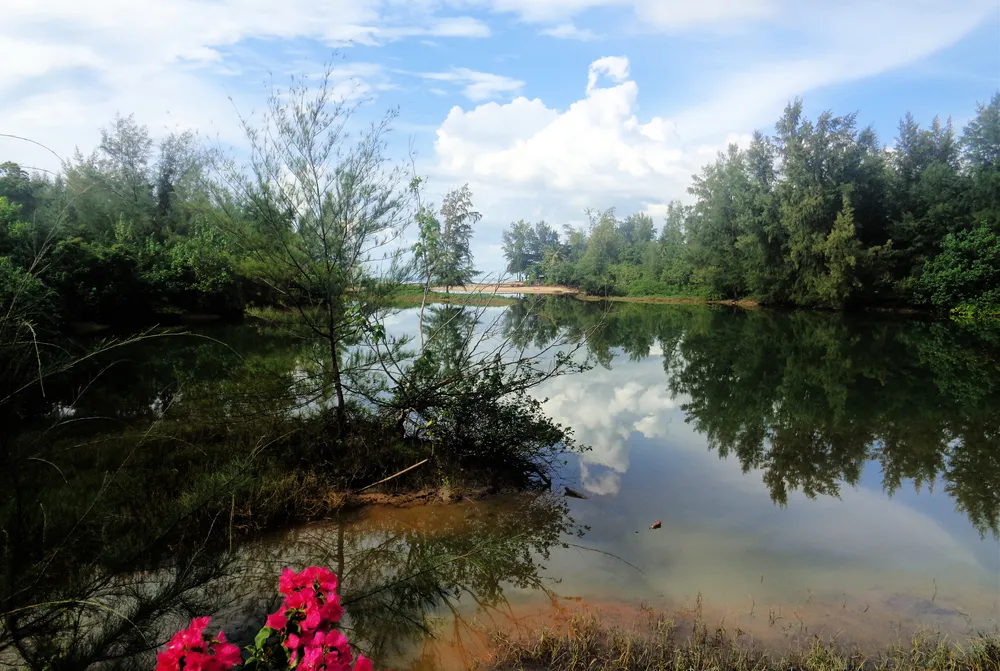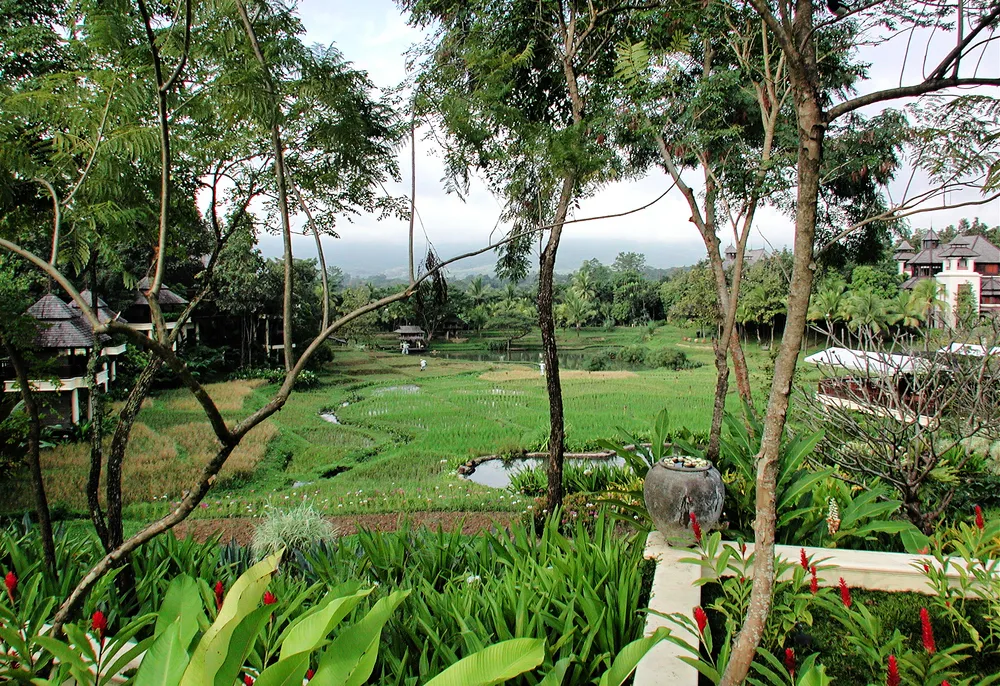Asia
Thailand’s forests and marine resources are increasingly coming under the spotlight. The authorities have now closed some overburdened resorts and are focusing on more sustainable tourism. This should also attract guests who are not only interested in beach vacations.
“The exoticism of Bangkok is over,” complain some nostalgics who got to know the city more than 50 years ago. They think back to the old floating markets and colonial-style houses that had to make way for concrete. However, there have been improvements in transportation. The subway and elevated Skytrain lines stretch through the city like vines in a jungle, bringing a little relief to the overcrowded metropolis. One line runs via Sathorn and Silom Road to the Lumphini City Park, whose lake is accessible by pedal boat. The air in the park is less polluted than in other parts of the city.
Air to breathe
However, Bangkok’s real green lung is the nearby 16 km2 river island of Bang Kachao, which Time magazine praised as the “best urban oasis”. It is still largely unknown to tourists. The island, which can be reached by boat, looks like a Garden of Eden with its thousands of mangroves, coconut palms and bamboo trees. Numerous information boards provide information about the different tree species in Thai and English. Until now, bicycles were the best means of transportation for exploring the nature reserve. Recently, electric scooters have also been made available for hire at the entrance for use on the narrow embankment paths. In no time at all, you can reach the jungle populated by birds, monitor lizards and turtles.
Khao Yai
200 kilometers away from the noise and stench of the capital is the Khao Yai National Park, which was founded in 1962 and is a World Heritage Site due to its great biodiversity. Almost 800 animal species – including many endangered species – live here in the wild. If you would like to hike through this refuge, you can do so under the guidance of professional rangers on a new route. You will receive the necessary basic equipment – such as mosquito spray and leech gaiters – right at the start of the hike. The rainforest with its rare tree species and savannah-like clearings, which is the habitat of elephants, black and Malayan bears, primates and tigers, is then open to you. You are unlikely to encounter these shy animals. Instead, you can observe numerous birds and look forward to a picnic in adventurous surroundings.
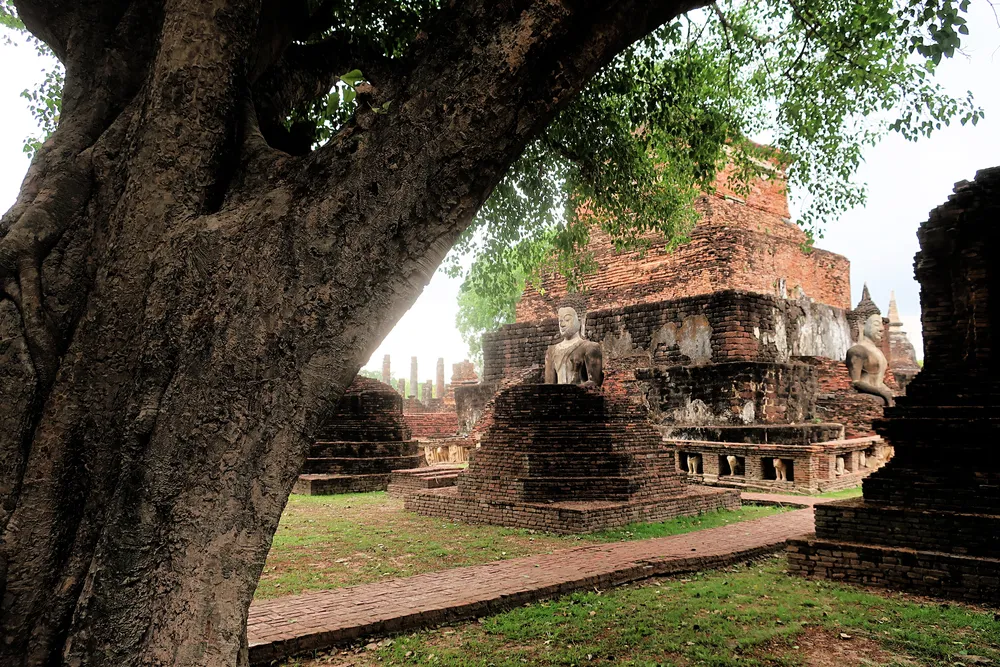
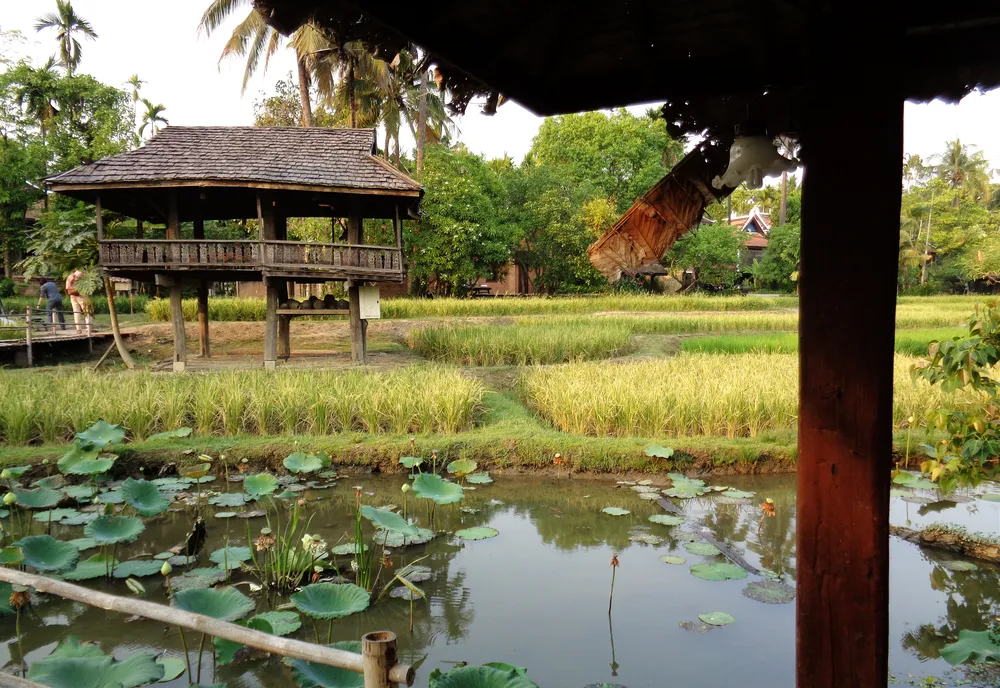
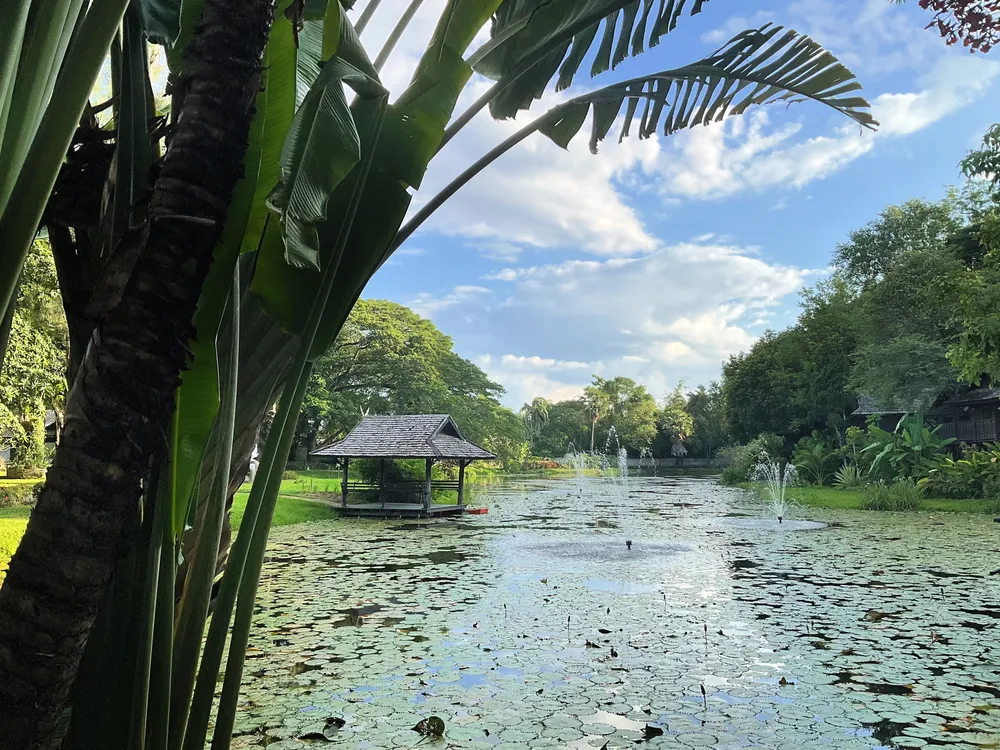
Organic farming
Tourists interested in culture like to visit the ancient capital of Siam, which is located around 450 kilometers north of Bangkok. Its name Sukhothai means “Dawn of Happiness”. Before you visit the archaeological sites, which are a UNESCO World Heritage Site, it is worth making a detour to a remarkable organic farm right next to the regional airport. The farm irrigates its soil with rainwater and claims to practice sustainable, environmentally friendly agriculture without pesticides or chemical fertilizers. It also composts its mango, papaya, pumpkin and banana waste.
In the adjoining restaurant, farm manager Somchai Tantivitayapitak explains: “We are also an environmental education center.
environmental education center. We offer workshops and guided tours on local traditions, handicrafts and rice cultivation using traditional human and animal labor.”
Variety offered
However, the Sukhothai region is not only interesting from a historical perspective. For example, it is worth stopping in the village of Ban Na Ton Chan, a 30-minute drive from the Si Satchanalai Historical Park, to try some khao perb. The traditional dish is made from broth, rice noodle dough, vegetables, pork and steamed egg. After the meal, you can take a detour to the local weaving and dyeing workshops. The clothes and scarves made from local cotton are often as soft as silk, and the best time to visit most of Thailand is from November to March. This is when it rarely rains and is not yet too hot, and the most important festivals take place during these months.
Photos ) Bernard Pichon
